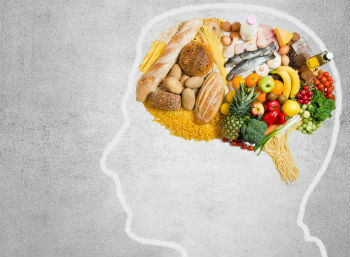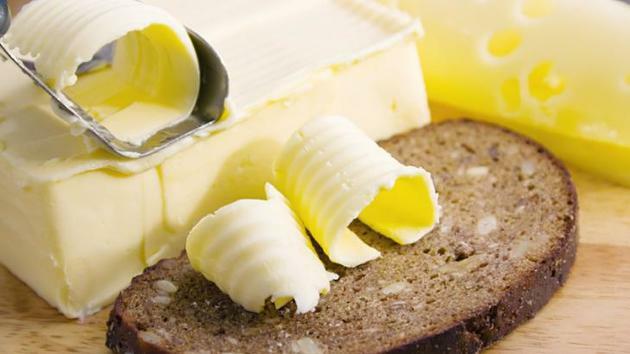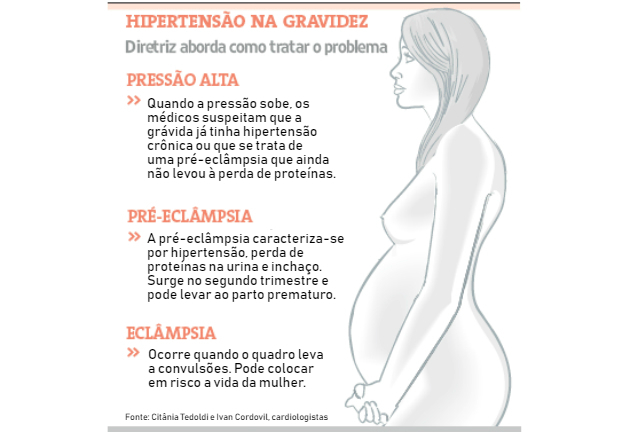You lipids they are the fats in foods that bring health benefits, especially those of plant and animal origin.
The consumption of lipids helps in the development and maintenance of the body, acting as an energy reserve, thermal insulator and aiding in the absorption of vitamins.
List of foods rich in lipids
1. Avocado
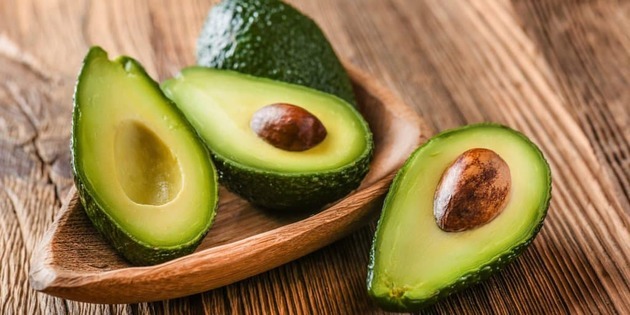
Avocado is a fruit rich in good fats and Omega 3. One of its main benefits is that it acts as an antioxidant, which strengthens the immune system, helps control cholesterol and prevents heart disease.
Due to its high fat content, it is considered a natural source of energy and proteins that help in the performance of physical activities, especially in muscle recovery.
| Component | Quantity per 100 g of avocado |
|---|---|
| Energy | 96 kcal |
| Lipids | 8.4 g |
2. Olive oil

Olive oil is a food derived from olives and is rich in fatty acids and omega 9 that help reduce bad cholesterol and increase good cholesterol. In addition, they also produce compounds that mediate inflammation in the body.
The quality of the olive oil must be taken into consideration, in which the consumption of extra virgin olive oil is recommended due to its low acidity. Another relevant information is the way of storage, which must be in a dark place and away from heat.
| Component | Quantity per 100 g of olive oil |
|---|---|
| Energy | 884 kcal |
| Lipids | 100.0 g |
3. Beef
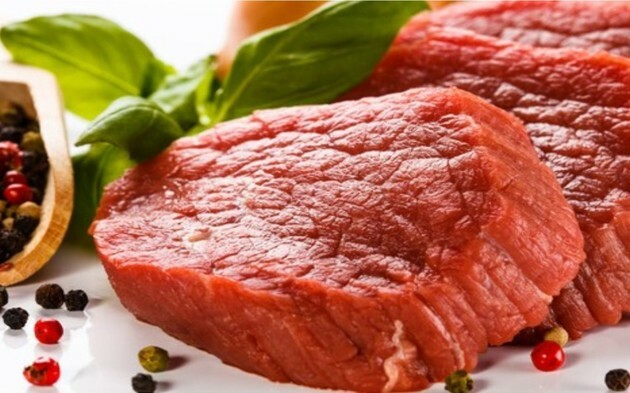
Beef has several components that are essential for the body, one of which is lipid, which is stored intermuscularly and intramuscularly, interspersed in the connective tissue. The amount of lipids can reach 30% of the meat.
The amount of lipids in beef can vary according to the cut. A rib, for example, can contain up to 31.8 g of lipids per 100 g, while a duckling has up to 4.5 g of lipids.
| Component | Quantity per 100 g of kebabs |
|---|---|
| Energy | 157 kcal |
| Lipids | 15.5 g |
See also: Protein rich foods
4. Brazil nuts

The Brazil nut, also known as Brazil nut, comes from a typical tree of the Amazon rainforest. It is a seed that can be consumed fresh, roasted or as flour in baking cakes.
In addition to its nutritional properties, Brazil nuts are also widely used in the cosmetic industry. The main nutrients it has are magnesium, phosphorus, manganese, B vitamins, zinc and fiber.
The consumption of chestnuts has benefits for the body, helping to protect the heart, fight cancer, muscle growth and preserve the brain.
| Components | Quantity per 100 g of Brazil nuts |
|---|---|
| Energy | 643 kcal |
| Lipids | 63.5 g |
5. Bitter chocolate
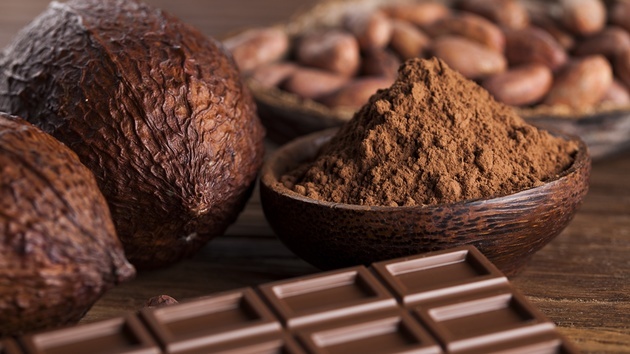
Chocolate is the result of a preparation whose main source is cocoa, which in turn is rich in nutritious substances, such as iron and zinc, in addition to having an antioxidant action.
From cocoa, butter is produced, which has a positive effect on the body, especially because of the good fats it has.
To present positive results, chocolate must have more than 70% cocoa powder in its composition, little milk and, whenever possible, little addition of sugar.
| Component | Quantity per 100 g of semisweet chocolate |
|---|---|
| Energy | 475 kcal |
| Lipids | 29.9 g |
6. Coconut
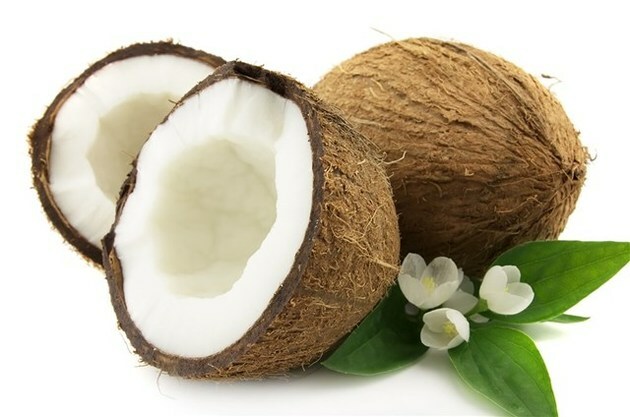
Coconut is a plant-based food rich in lipids and very versatile, and can be consumed in different ways, such as raw, pulp, water and even oil.
Being rich in fiber, it helps in the functioning of the intestine, prevents the production of excess insulin, prevents the accumulation of fat, in addition to promoting satiety and being a source of energy.
It also has vitamins and minerals that contribute to a healthy diet, regulating metabolism and helping with hormonal functions.
| Component | Quantity per 100 g of dry coconut |
|---|---|
| Energy | 406 kcal |
| Lipids | 42.0 g |
7. Linseed
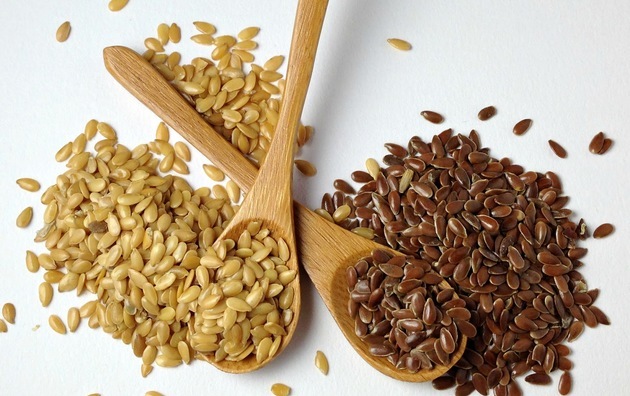
Flaxseed is a seed known for its high nutritional value, in addition to being rich in lipids, it also has a high index of fiber, proteins, minerals, vitamins and omega 3.
Flaxseed is very versatile and can be used in the form of flour in the production of cakes, as a seed as a supplement for vitamins or even as oil to season salads.
The health benefits of flaxseed are related to blood sugar control, lowering cholesterol, inflammation and PMS symptoms.
| Component | Quantity per 100 g of linseed |
|---|---|
| Energy | 495 kcal |
| Lipids | 32.3 g |
8. Butter
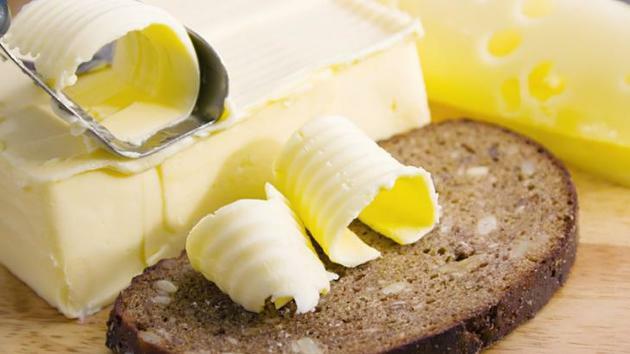
Butter is a food of animal origin, as its production is based on fat extracted from milk. It has several vitamins such as vitamin A, E, B12 and K2
With a high caloric index, butter fat is more easily digested by the body, since it has animal origin. Its consumption should be moderate, as excess can contribute to an increase in cholesterol.
It is important to highlight that margarine and butter are different, as margarine undergoes a chemical process that transforms it into trans fat, which is highly harmful to health.
| Component | Quantity per 100g unsalted butter |
|---|---|
| Energy | 758 kcal |
| Lipids | 86.0 g |
9. Egg

Egg is a food with low fat content, but the lipids it presents bring a high concentration of unsaturated fatty acids that contribute to the functioning of the body.
It is used in cooking as a way to provide color, texture, viscosity and foam. In everyday life, eggs are consumed boiled, fried or as an omelet to accompany meals.
| Component | Quantity per 100 g of boiled chicken egg |
|---|---|
| Energy | 353 kcal |
| Lipids | 30.8 g |
10. Salmon
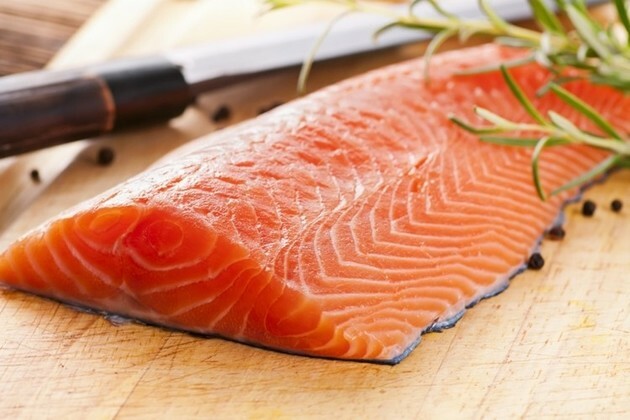
Salmon is a type of fish known to be rich in omega 3, which is a type of good fat for the body. In addition, it also has protein, iron and calcium.
The main benefits of consuming salmon are related to the health of bones, brain, skin and the prevention of heart disease.
| Components | Quantity per 100 g of grilled salmon |
|---|---|
| Energy | 229 kcal |
| Lipids | 14.0 g |
Curiosity: types of fats

Fats found in foods are classified into three categories and can bring different results to the body.
Trans fat
Trans fat is considered the worst kind of fat for the organism. Its main consequence is to increase the bad cholesterol and reduce the good one, which can cause a risk of cardiovascular disease.
It is found in industrialized foods such as stuffed cookies, margarine, packaged snacks, preparation for cake batter, among other ultra-processed products.
Saturated fat
Saturated fat is another bad type to be consumed, because in excess it contributes to an increase in cholesterol and accumulation in blood vessels, which can even cause clogging of the veins.
It is found mainly in foods of animal origin and in processed foods.
unsaturated fat
Unsaturated fat represents the good fats for the organism and its main source is foods of vegetable origin.
This type of fat has nutrients that help prevent heart disease, in addition to helping with the absorption of vitamins.

